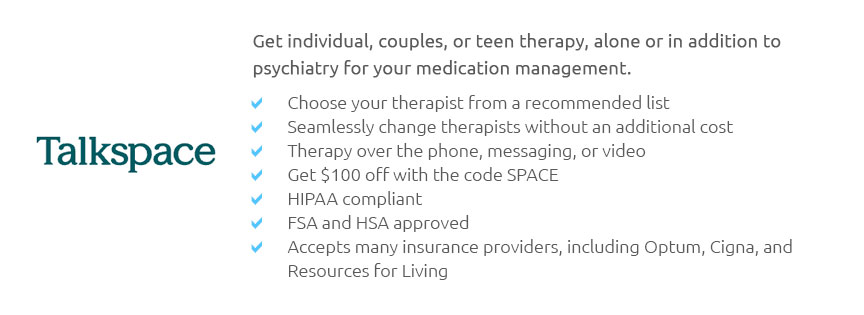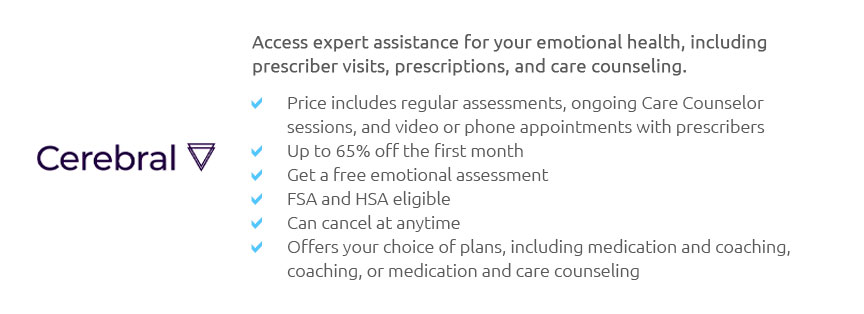 |
 |
 |
|---|
 |
 |
|---|
 |
|
|---|---|
 |
 |
 |
 |
 |
 |
 |
 |
 |
 |
 |
 |
 |
 |
 |
 |
|---|
Need to See a Therapist: Understanding When and Why to Seek HelpRecognizing the SignsRecognizing when it's time to see a therapist can be challenging. Many people question the severity of their issues or worry about stigma. However, mental health is crucial and seeking help is a positive step. Emotional DistressPersistent feelings of sadness, anxiety, or anger are key indicators. When these emotions interfere with daily life, professional guidance can help. Behavioral ChangesNoticeable changes in behavior, such as withdrawing from social activities or experiencing mood swings, may signal the need for therapy. Benefits of TherapyTherapy provides a safe space to explore emotions and develop coping strategies. It fosters personal growth and improves mental well-being.
Choosing the Right TherapistFinding a therapist that matches your needs is essential. Consider the type of therapy offered and the therapist’s expertise. Types of Therapy
Each type offers different approaches to treatment, so research and choose wisely. For those who prefer remote sessions, virtual online therapy is a convenient option. Faith-Based CounselingFor individuals seeking spiritual guidance, a Christian therapist in Wichita, KS can integrate faith with therapeutic practices. FAQ
https://www.verywellmind.com/how-to-know-when-it-s-time-to-see-a-therapist-5077040
You Want Help Managing Stress - You Are Having Difficulty Regulating Your Emotions - You Have Some Unhealthy Coping Skills. https://helplinefaqs.nami.org/article/255-i-need-to-see-a-psychiatrist-therapist-how-can-i-find-one
consider the following resources for finding a mental health provider ... Low-Cost or No-Cost Resources ... Public Health Coverage (Medicaid, ... https://www.webmd.com/mental-health/guide-to-psychiatry-and-counseling
At your first office visit, the mental health professional will want to talk with you about why you think you need to come to therapy. They will ...
|
|---|